Published: 2nd December 2023 | Author: Tanya Russell
An edition means that there is a number bronze copies of an artwork. Modern sculpture moulds are most commonly made of rubber, because rubber is soft enough to be maleable when removing a casting from the mould. This type of ‘permanent’ mould can be reused, allowing the artist to create a nearly identical copy of the original artwork.
This article explores what editioned bronze art, looking at the distinctions between editions and open editions, the key factors that can influence edition size, how to determine if your bronze sculpture is editioned, and the importance of artist’s proofs and foundry proofs.
What is Limited Editioned Bronze Art?
Limited edition bronze art refers to a series of sculptures created in bronze metal, which are produced in limited quantities. The edition size is normally predetermined before the artwork is sold, and each cast is made from the same mould, or from a very small number of moulds.
The primary reason for casting using a mould is to retain the essence and sculpted detail of the original artwork.
One common reason for casting editioned copies is so that an artwork, which would otherwise be sold at a high price, can be offered at a more affordable price.
Editions also support the artist professionally, as they can continue to generate an income from previously created artwork, while they make new sculptures.
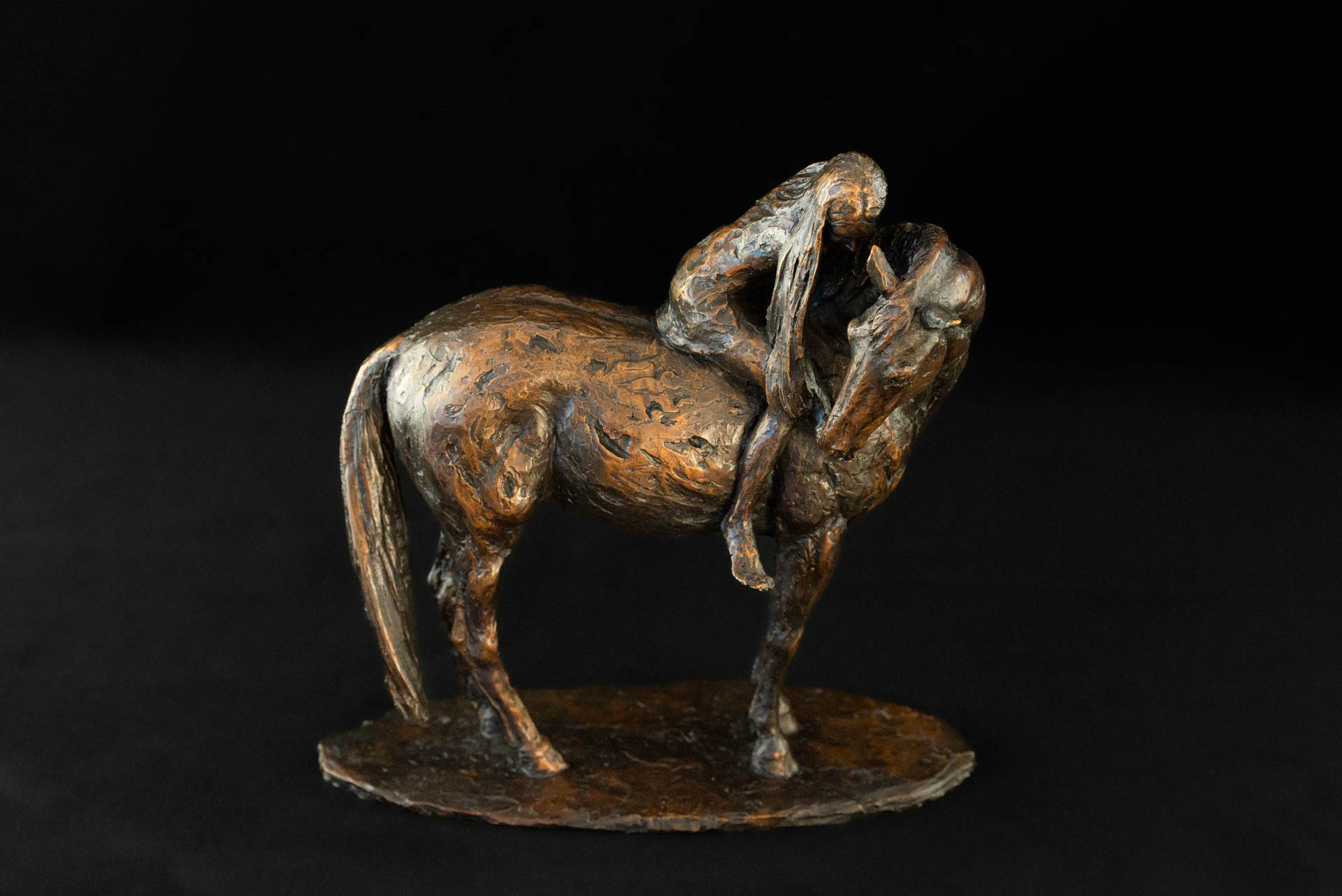
Limited Edition vs. Open Edition
When looking to purchase your own bronze sculpture, a key concept you’ll want to understand is the difference between edition and open edition pieces.
While limited edition bronze sculptures are produced in limited quantities, open edition, or unlimited edition sculptures have no predefined limit to their production. This means that open editions are generally less expensive and more readily available, making them accessible to a wider audience.
In contrast, limited editioned bronze sculptures carry greater exclusivity as their limited number curtails the sale of further copies. This adds to their appeal for collectors and art enthusiasts, to whom the scarcity of an artwork will appeal – because scarcity, along with the artist’s reputation and the quality of the statue, helps to determine a sculpture’s value.
Common edition lengths are edition of 3, 7, 12, 22, 25, 50, 75, and longer. Shorter editions are often reserved for works that are considered more significant or that the artist wants to maintain a sense of rarity, potentially as collector’s pieces or iconic standalone works. Public statuary is often created as an ‘edition of 1’; technically not an edition at all, as it describes a unique sculpture. On the other hand, open editions are well-suited for pieces that are meant to have a widely accessible price-point, are intended to promote the artist more broadly, or which are of a smaller size that is more likely to be placeable in a large number of homes.
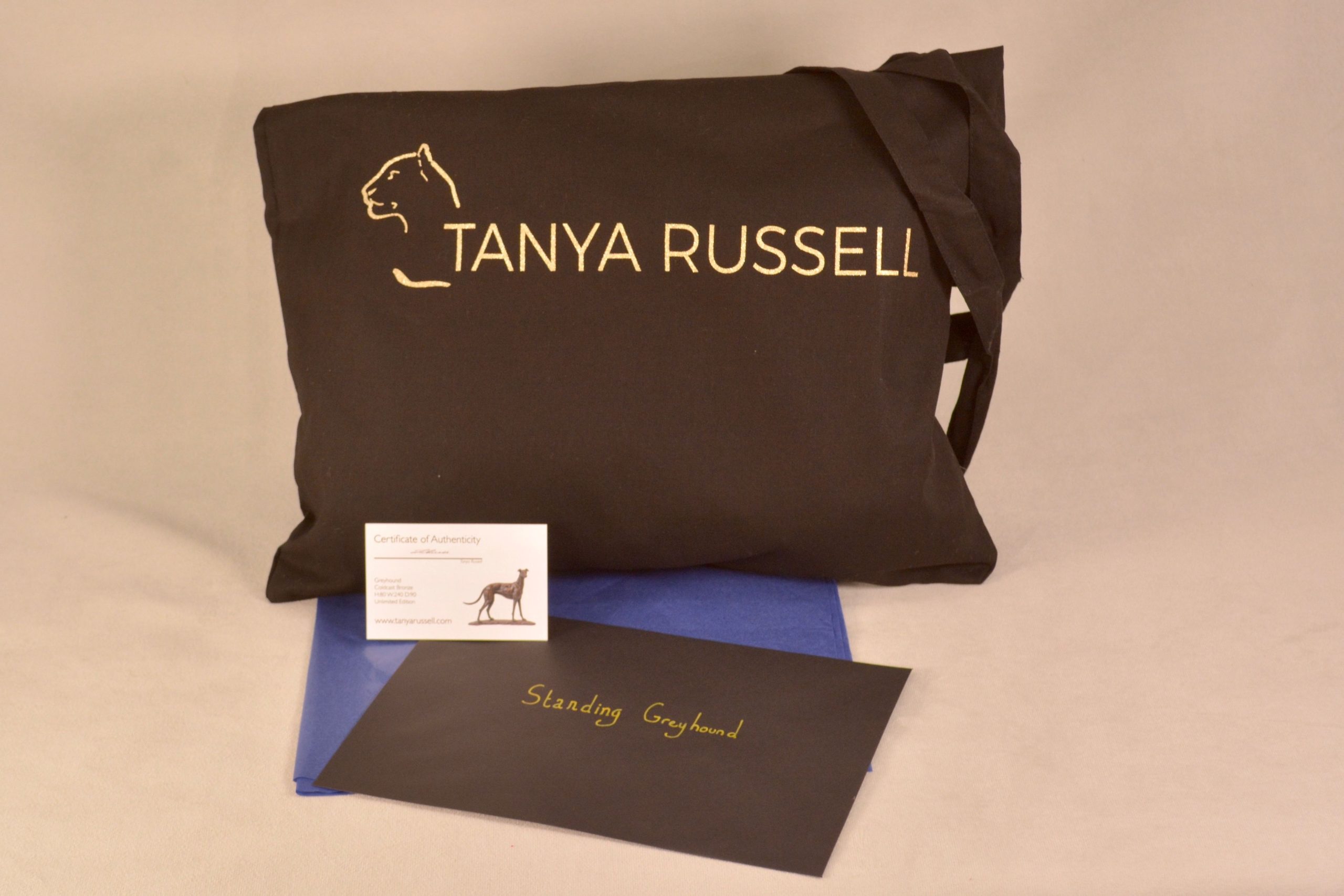
How Do I Know if a Statue is Limited Edition?
Knowing whether a statue is editioned is important for art buyers and sellers, and there are two simple places to look – on the statue itself where you may find the edition number engraved, or on the certificate of authenticity, if this has been retained.
- Examine the Base or other discreet areas of the statue to find an edition number. If the statue has a definable ‘back’ this is a common place to find a visible edition number. Engraving is usually done by hand, so if there are few flat areas on the bronze, the number may be in an unusual ‘high’ spot, or it may be on the base, but be obscured by baize or felt. Bronze statues are waxed, and the number may be difficult to distinguish when covered in a layer of wax. The most common editioning convention is to write the copy number, followed by the length of the edition, such as: “3/25”, indicating you have piece number 3 in an edition of 25. I tend to mark mine simply with the piece number: “3” for purely ascetic reasons.
- Certificate of Authenticity: Most professional sculptors provide a certificate of authenticity with editioned sculptures. This document will typically include details about the edition size, the artist’s signature, and other relevant information. When considering older or antiques bronzes, these certificates can often be missing. If the artist is still alive, you should consider requesting a replacement certificate. If they have passed on, you may need to rely on research or a valuer’s expert opinion.
- The Artist’s Records: In order to sell editioned work, the artist needs to keep records if they are to ensure they are numbering their statues correctly. Similarly, galleries keep records of statues purchased from them, and foundries may have records of the numbers they have cast.
- Research the Artist: When buying a statue online, the statue edition will be clearly marked (it is normally the fourth most important piece of information after the title, size, and price). If you cannot see an edition number on the statue listing, it is safer to assume the statue is not editioned.
How Does An Artist Decide on the Edition Size?
As the edition number can impact the perceived value and exclusivity of their artwork, there are several factors that influence the artist’s choice of edition length:
- Rarity and reputation: Where an artist’s reputation supports a high sale price, they are far more likely to select shorter editions. If even with a higher profit expectation, this can be achieved over only a few sales. Some artists may prefer to keep their editions small to maintain the uniqueness and rarity of each piece, while others may opt for larger editions to reach a broader audience. Shortening editions may promote a mid-reputation artist to the notice of collectors who will only consider short edition statues. Though the degree this works is debatable, as many would argue that the subjective attractiveness of the artwork is more important at this mid level of reputation.
- Complexity of the Sculpture: More complex and intricate sculptures often have smaller edition sizes because of the labour and time required for production. This is most relevant for larger public statuary, which can cost hundreds of thousands of dollars or pounds to produce.
- Market Demand: Quite often, an artist may consider market demand when deciding on edition size. If there is high demand for certain pieces of their work, they may choose to produce a larger edition or make the piece an open edition. This is a contrasting position to the artist introducing scarcity with a short edition to increase value. In either case though, the artist will still be asking themselves, ‘how many of these sculptures would I have to sell at x price to achieve y profit, and is that number of sales realistic for me?’
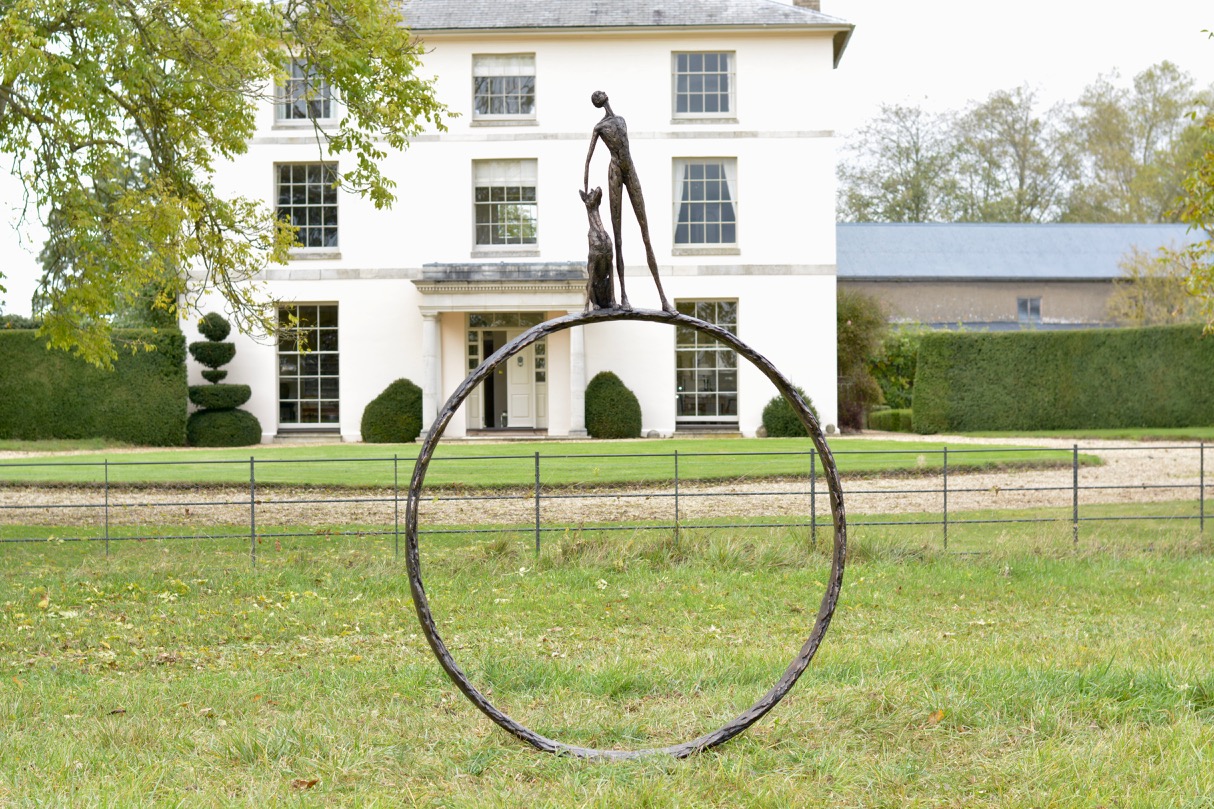
Tanya’s “Large Stargazers”, a public sculpture commissioned by a US developer with an edition of 7.
What Are Artist’s Proofs and Foundry Proofs?
In addition to the numbered editions, bronze sculptures may also have “Artist’s Proofs” and “Foundry Proofs.” These are additional categories of sculptures that hold particular significance in the world of editioned bronze art.
Artist’s Proofs (APs), Artist’s Copies (ACs), Foundry Proofs (FPs)
and masters
Artist’s Proofs generally refer to a small number of sculptures, often no more than 10% of the edition size, which the artist sets aside for their personal use or for special purposes. They are generally not numbered, but are engraved with ‘AP’ or ‘AC’.
These sculptures are somtimes considered more valuable, as they are frequently earlier copies than edition number 2 or even 1 – potentially being slightly truer to the original. However, they are often more likely to be damaged, and repairs may be of high quality, or may be cosmetic.
Foundry Proofs (or masters for a resin caster) are used by the foundry to perfect the casting process before creating the edition. They ensure that the final sculptures meet the artist’s vision and quality standards. FPs are often kept by the foundry by the artist.
Collectors and enthusiasts quite often seek out Artist’s Proofs and Foundry Proofs due to their rarity and their association with the artist and the foundry, respectively. These proofs offer a unique glimpse into the artistic process and are highly valued in the world of editioned bronze art. They should be treated with a level of caution though – not just because of potential damage, but because unscrupulous artists may cast several to capitalise on popularity – devaluing the edition.
To Summarise
By understanding the distinctions between editioned and open edition sculptures, the factors that influence edition size, and the significance of Artist’s Proofs and Foundry Proofs, we can appreciate the depth and complexity of bronze sculpting as an art form.
Whether you’re a seasoned bronze collector or a novice, we hope this article has helped you on your journey to understanding editions. Should you have questions about editions or are interested in collecting editioned artwork, please feel free to reach out to us or explore Tanya’s artwork here on our website.
Explore Related Articles
ASTON VILLA F.C. unveils my Lion to celebrate their 150th year
Due to be unveiled in May, I have created a to scale clay, which is now being cast in Foundry Bronze metal
How to measure your dog in a Lying Down pose, for a customised statue commission
If you think you might want a statue in the future, it can be a good idea to take some measurements of your own dog. Here’s how to measure them in a lying down position.
Sculpture plinths, pedestals and columns for statues
Finding the right plinth or pedestal for your statue: including a list of suppliers, some examples of different type of pedestal, how to make your own a plinth, how to fix a statue onto a plinth.

Tanya Russell MRBS
Bronze Sculptor
Tanya Russell has become well known over the last 30 years for her life-like and vibrant animal sculptures.
Having apprenticed for 7 years with her parents, sculptors Lorne McKean FRBS and Edwin Russell FRBS and after practicing as a sculptor for a number of years, she founded the The Art Academy in London Bridge, now a thriving art college. She has completed many public and private commissions nationally and internationally.
For Tanya, her practice is not only about capturing the animals she sculpts with marks and movement. It’s about our relationships with those animals and their welfare.

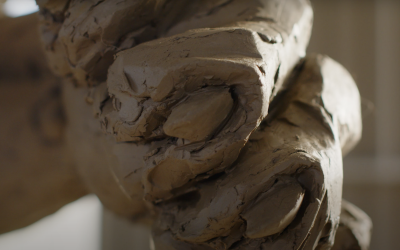
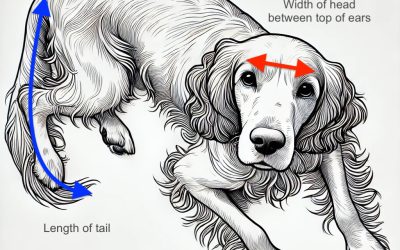
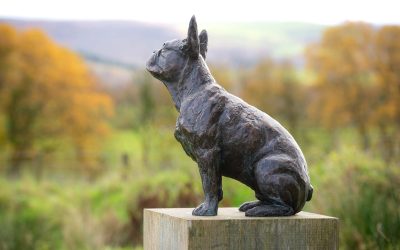
Follow The Artist
Keep up to date with Tanya's latest work!